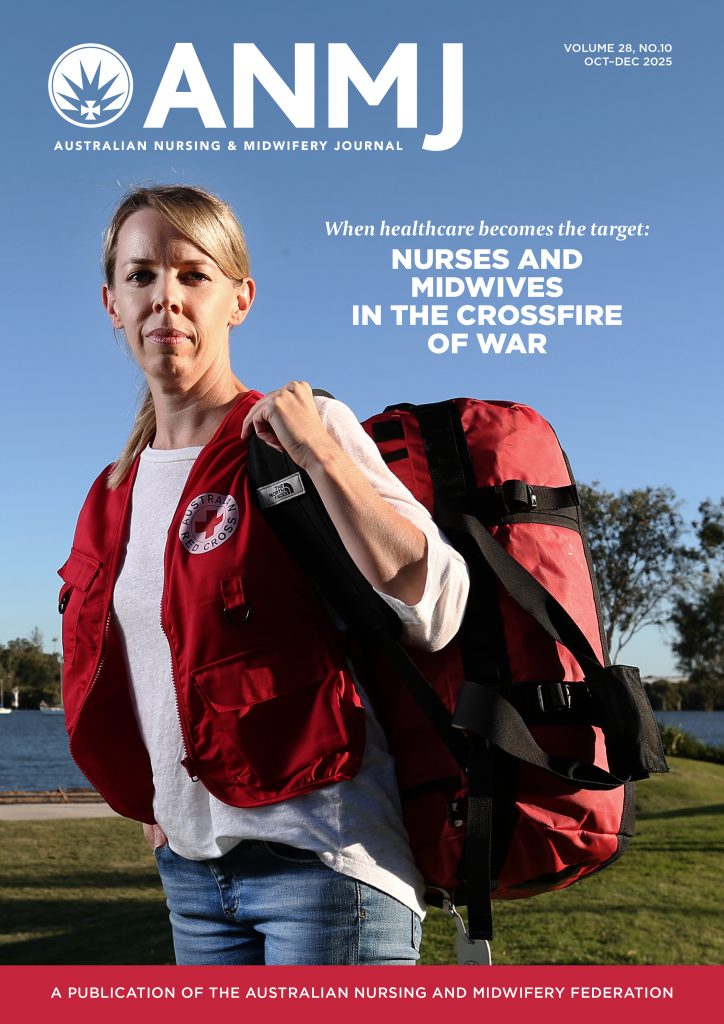An innovative co-designed model of care has been developed to help elevate the role of nurses in contraceptive and medical abortion care in rural and regional areas.
The model has been developed as part of the landmark ORIENT study which involves nurses gaining the knowledge and skills to insert contraceptive devices and support delivery of medical abortion care.
“Many nurses working in general practice settings have an interest in women’s health and a lot of them want to provide these services,” said study lead and Head of Monash University’s Department of General Practice, Professor Danielle Mazza AM.
The Monash University-led co-designed model of care is aiming to help address chronic lack of access to contraceptive and medical abortion care in regional and rural communities in Australia.
Women living in regional or remote areas are 1.4 times more likely to experience an unintended pregnancy than women living in non-rural settings. For some, accessing services means travelling more than four hours due to the limited number of primary care providers available.
An open access paper describing this new model of care for general practices was published in the Journal of Advanced Nursing.
This is an important contribution to the body of knowledge needed to elevate the role of nurses in delivery of sexual and reproductive healthcare, said Professor Mazza.
“It matches a growing international trend that recognises the potential of nurses in delivering contraception and medical abortion care.”
It was especially timely with the federal government’s independent Unleashing the Potential of our Health Workforce Scope of Practice Review underway, she said.
A wide range of issues contributed to the current scarcity of services in rural and regional Australia, such as a shortage of GPs and health services in general, stigma, lack of available training, and lack of awareness of some of the most effective forms of contraception such as Long Acting Reversible Contraception (LARC), including intrauterine devices (IUDs) and the contraceptive implant.
The co-design process for development of the new model of care with rural and regional nurses and GPs, and patients, focused on how the model could work in general practices, how patients would access the services and the roles of GPs, practice nurses, receptionists and practice managers.
The Therapeutic Goods Administration has recently removed restrictions on prescribing and dispensing the medical abortion pill MS-2 Step.
The government has also made budget commitments to support primary care practitioners to train in LARC insertion.
“Nurses are poised to work to their full scope of practice to include the provision of LARC and medical abortion,” said Professor Mazza.
“But greater support is needed to facilitate this in Australia and ensure equitable access to sexual and reproductive health services, particularly for those living in regional and remote areas. This includes training, remuneration and legislative change to enable prescribing.”
Key features of the codesigned model of care for the ORIENT study include:
- establishing an appropriate and effective booking service;
- a website that provides support with information and discrete access;
- blocking off appointments for medical abortion on a weekly or daily basis to ensure patients are seen in a timely manner;
- training reception staff to ensure sensitive responses to inquiries without stigma, judgement or delays, and understand issues around culture and diversity;
- fostering good relationships with other professionals involved in care including pharmacists, pathology, radiology and emergency care, especially where there are limited services; and
- having adequate stocks of implant/MS2-Step in clinic where possible.
Thirty-two regional general practices have joined the ORIENT study. When the study ends in 2025, the research team will compare the services delivered at each practice before and after the nurse-led approach began.
“Hopefully this study will give us answers as to how we can improve access to contraception and abortion in rural and regional areas. If the results are positive, the study will create Australian evidence to support nurses to insert contraceptive implants and prescribe medical abortions in general practices,” said Professor Mazza.
“My clinical experience and life experience is that access to contraception and abortion is a basic need of women. It allows women to have the life they desire and the number of children they want.”
Read the full paper in the Journal of Nursing: Wiley Online Library: A nurse‐led model of care to improve access to contraception and abortion in rural general practice: Co‐design with consumers and providers.








